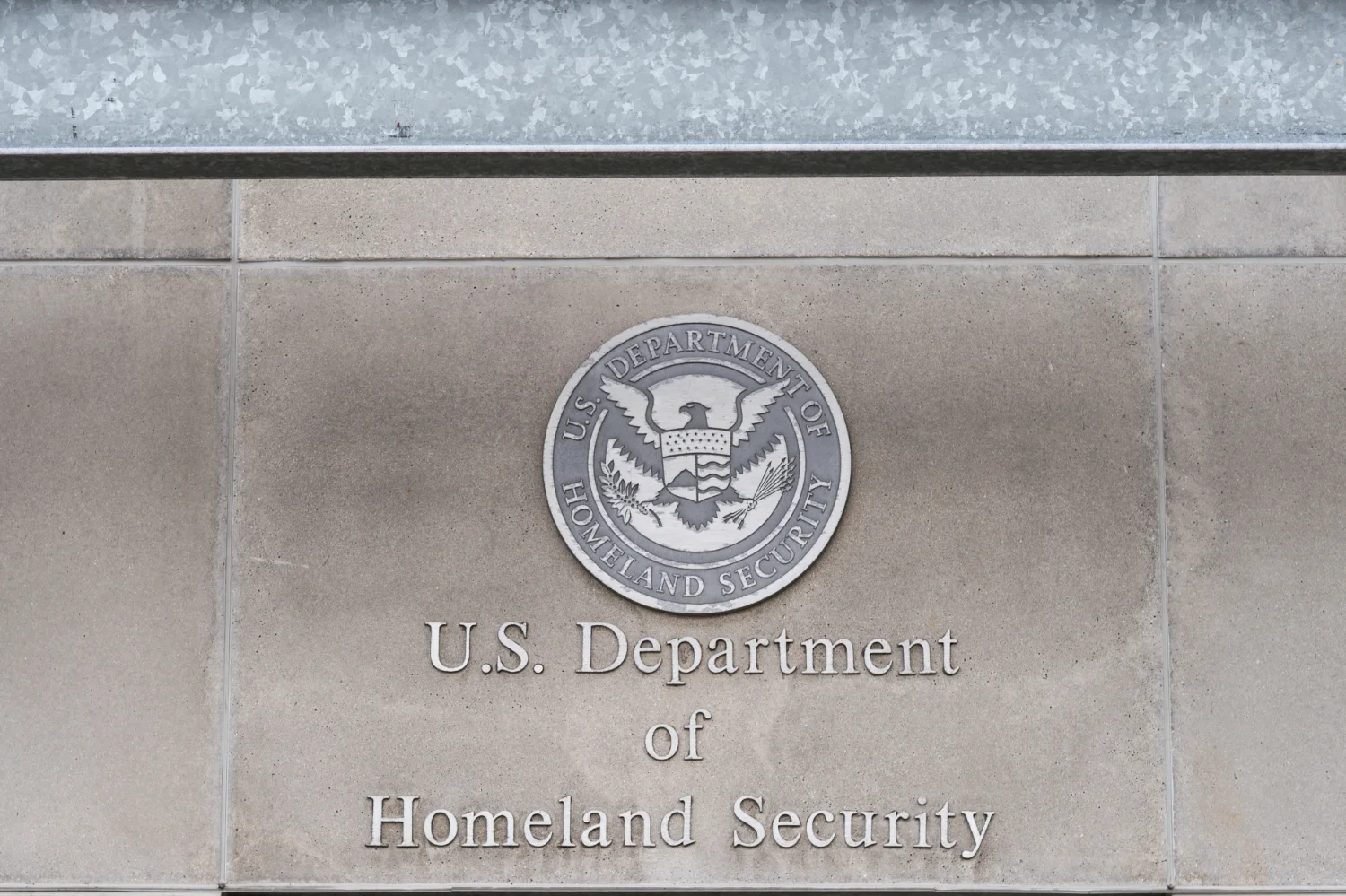This article provides an in-depth look at how immigration legislation has transformed over the centuries, shaping the experiences of migrants and the policies of host nations.
From the establishment of early naturalization processes to the introduction of quota systems in the 20th century, immigration laws have undergone significant changes. Early legal frameworks were often simplistic, reflecting the needs of rapidly expanding colonies and emerging nation-states. As societies became more complex, the legal systems evolved to address issues of security, economic stability, and cultural preservation.
The article reviews key legislative milestones—from landmark acts and amendments to judicial rulings that redefined citizenship and migration rights. It discusses how external pressures, such as wars, economic recessions, and civil rights movements, catalyzed legal reforms. Each phase of legislation is analyzed in the context of its historical and social milieu, providing insights into why certain policies emerged and how they were implemented.
By comparing historical laws with modern reforms, the article draws parallels and contrasts, offering readers a comprehensive understanding of the continuous evolution in migration policy. The discussion also reflects on the challenges of balancing national security with humanitarian obligations, an issue that remains central in contemporary debates.


